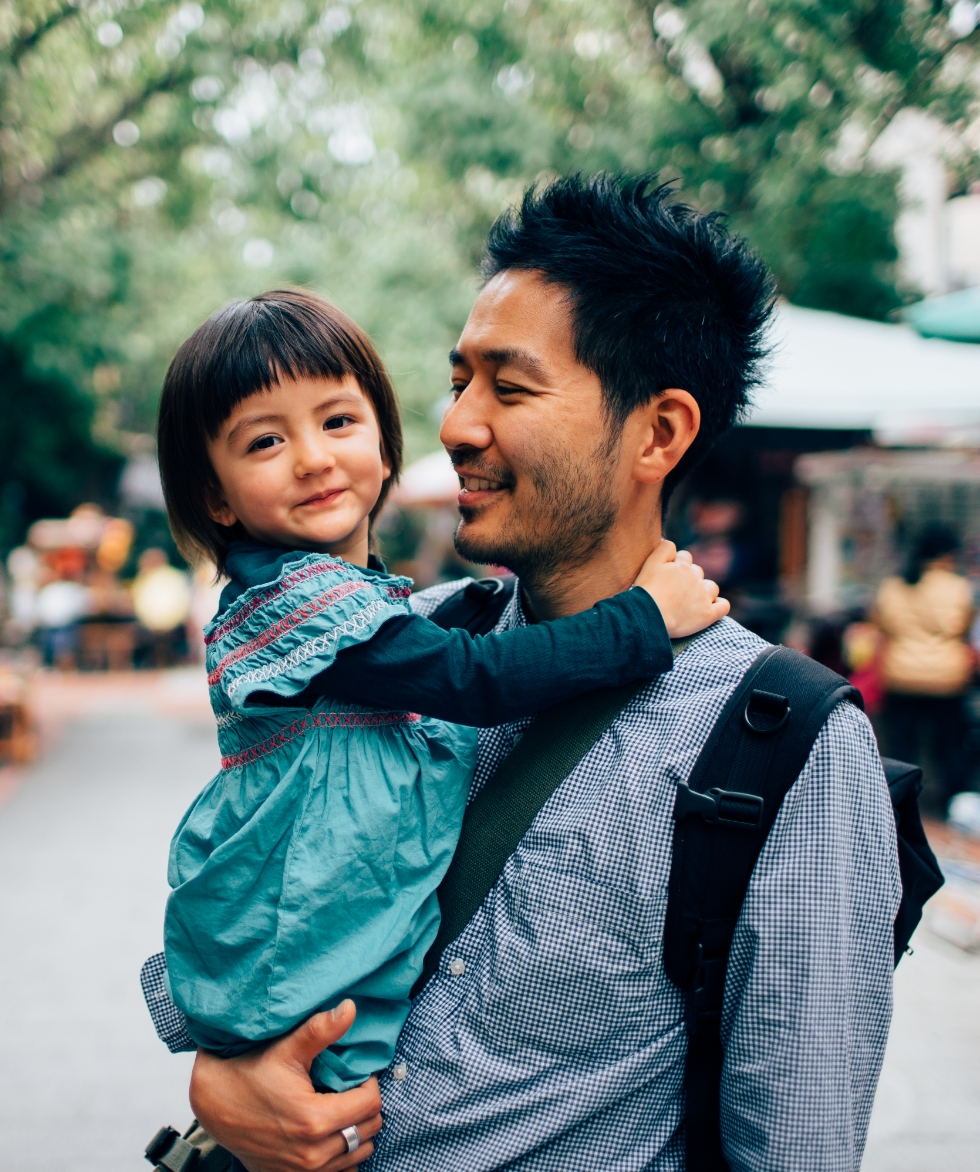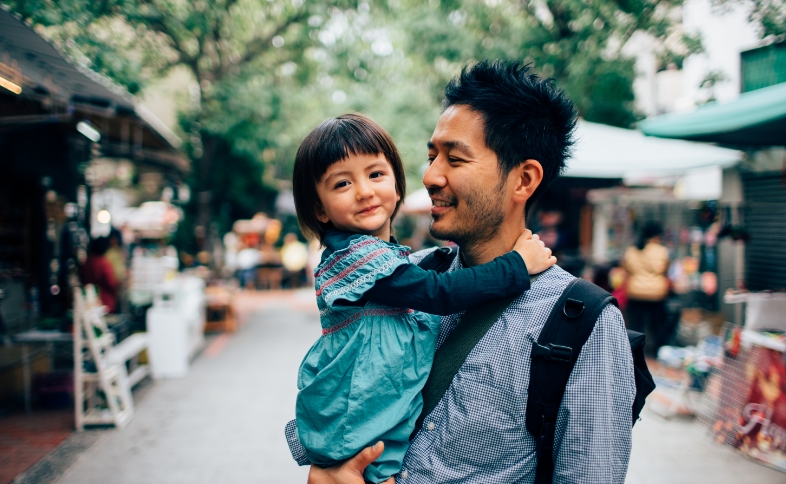It’s time to Talk about RSV

Never before have people been so acutely aware of respiratory viruses and infectious diseases. I have had many family members and friends suddenly taking more of an interest in my job and asking me questions! Yet, even with increased awareness around COVID-19, most people have not heard of Respiratory Syncytial Virus (RSV) - a highly contagious virus which affects millions of adults and children and causes thousands of deaths each year.[1] [2]
So, what is RSV? What is its true burden? And how do we protect against it?
What is RSV?
RSV is a highly contagious, seasonal respiratory virus that can affect people of all ages but impacts vulnerable populations disproportionately. In fact, it is a common cause of acute respiratory infections in children and adults.[2] [3] [4]
In older adults, young children, and people with underlying health conditions it can cause serious complications, including bronchiolitis and pneumonia.[3] [5]
The burden of RSV in at-risk adults
RSV symptoms can be hard to distinguish from other infectious diseases, such as COVID-19.[6] This can not only put a strain on health systems but also have a wider societal burden.
Some estimates indicate RSV-related acute respiratory infection in adults aged 65 years can reach a cost of almost $3,000 per admission.[7] It also has an indirect financial impact in terms of visits to hospital and in some cases, long-term, post hospitalisation care. As testing for RSV is not widely implemented,[8] the true burden of the disease could be much higher.
Prevention
I firmly believe it is imperative there is ongoing investment and research into greater understanding of RSV, particularly in children and older adults. RSV vaccine development has been identified as a priority by the WHO, and there are currently over 40 RSV vaccines and multiple potential therapeutic agents in development.[9]
In the meantime, continuing public hygiene measures that we have all come to know so well in response to COVID-19, will be crucial in reducing the spread of RSV. Hand washing, covering coughs and sneezes, frequent surface cleaning and avoiding close contact with others are simple methods that can be deployed which may help relieve the massive burden on healthcare systems.[10]
Another key aspect of prevention is testing.
Testing for COVID-19 has now become quite routine for the public. If polymerase chain reaction (PCR) tests for RSV were more broadly available, and testing for RSV in hospitals was more frequent, we could better understand its prevalence and potentially help reduce its spread across populations.
I am incredibly proud to be working in the RSV space. There is much to be done in terms of promoting awareness and education, with the hope that we can make a difference for people who are at increased risk to get RSV disease. Education of both healthcare professionals and the wider public is essential to ensure earlier testing, diagnosis and intervention.[2] This RSV awareness month, I am grateful to be doing my part to raise awareness of RSV.
References
[1]NIH. Respiratory Syncytial Virus (RSV). Available at: https://www.niaid.nih.gov/diseases-conditions/respiratory-syncytial-viru... Last accessed: October 2021
[2]Bracht M, et al. Impact of Respiratory Syncytial Virus- The Nurse’s Perspective. Drugs R D. 2011 Sep; 11(3)- 215–226.
[3]CDC. People at High Risk for Severe RSV Infection. Available at: https://www.cdc.gov/rsv/high-risk/index.html Last accessed: October 2021.
[4]CDC. RSV in Older Adults and Adults with Chronic Medical Conditions. Available at: https://www.cdc.gov/rsv/high-risk/older-adults.html Last accessed: October 2021.
[5]Respiratory Syncytial Virus (RSV). Available at: https://foundation.chestnet.org/lung-health-a-z/respiratory-syncytial-vi... Last accessed: October 2021.
[6]MayoClinic. Respiratory syncytial virus (RSV) Symptoms & causes. Available at: https://www.mayoclinic.org/diseases-conditions/respiratory-syncytial-vir... Last accessed: October 2021.
[7]Yoon, J.G., Noh, J.Y., Choi, W.S. et al. Clinical characteristics and disease burden of respiratory syncytial virus infection among hospitalized adults. Sci Rep 10, 12106 (2020).
[8]Lee N, Walsh EE, Sander I, et al. Delayed Diagnosis of Respiratory Syncytial Virus Infections in Hospitalized Adults: Individual Patient Data, Record Review Analysis and Physician Survey in the United States. J Infect Dis. 2019;220(6):969-979.
[9]Wildenbeest et al. Respiratory Syncytial Virus Consortium in Europe (RESCEU) Birth Cohort Study: Defining the Burden of Infant Respiratory Syncytial Virus Disease in Europe JID 2020:222 (Suppl 7)
[10]CDC. RSV Prevention. Available at: https://www.cdc.gov/rsv/about/prevention.html Last accessed: October 2021.



